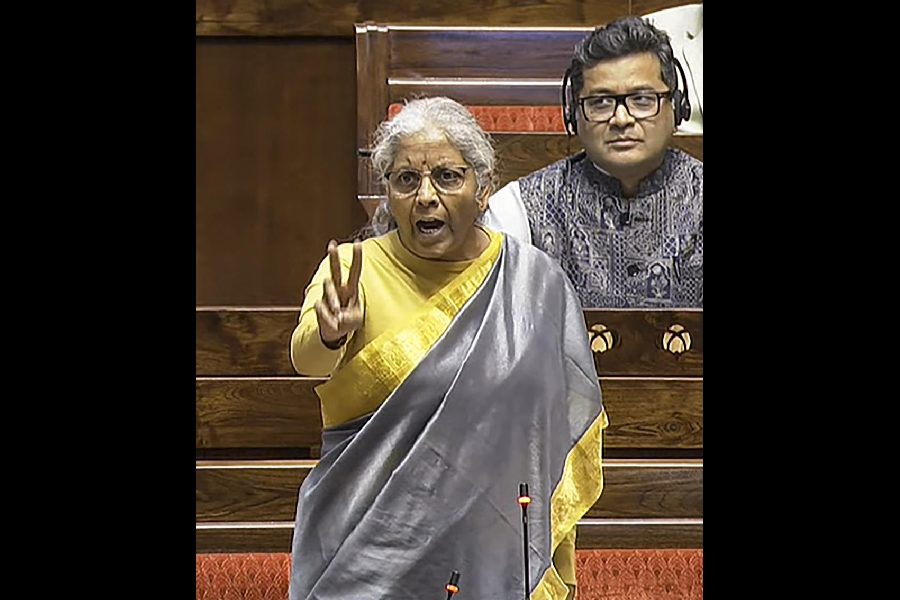Finance minister Nirmala Sitharaman on Thursday introduced Income Tax Bill, 2025, in the Lok Sabha, seeking a comprehensive overhaul of India’s tax laws.
She urged Speaker Om Birla to refer the bill to a select committee, which is expected to submit its report by March 10, 2025.
Despite initial opposition, the House approved the bill’s introduction through a voice vote. Sitharaman requested the Speaker to determine the composition and rules for the proposed panel.
Income Tax Bill, 2025, significantly reduces the complexity of existing Income Tax Act of 1961, which has undergone more than 4,000 amendments in over six decades.
The new bill focuses on enhancing tax certainty and minimising litigation risks, the income tax department stated on Thursday.
While introducing the bill, Sitharaman emphasised it incorporates “substantial changes” aimed at simplifying tax laws and streamlining compliance.
The bill introduces several measures to make tax compliance easier: exemptions and deductions related to gratuity, leave encashment, commutation of pension, voluntary retirement compensation (VRS) and retrenchment benefits are now grouped under a single salary chapter, eliminating the need to refer to multiple sections.
Provisions related to Tax Deducted at Source (TDS) and Tax Collected at Source (TCS) are presented in a tabular format, reducing cross-references.
Tax provisions for charitable and not-for-profit organizations have been restructured into seven sub-parts, ensuring better clarity.
A key objective of Income Tax Bill 2025 is to reduce litigation and multiple interpretations of tax provisions.
The bill ensures that key terms and phrases, particularly those interpreted by courts, have been retained with minimal modifications.
Provisions related to international taxation have been made clearer to avoid multiple interpretations.
Cross-references and conflicting provisions have been minimised by consolidating related rules in one place.
The FAQ issued by the Income Tax Department noted that the previous dual-year system (assessment year vs previous year) was often confusing to taxpayers, particularly first-time filers. The introduction of a single “tax year” simplifies compliance.
Himanshu Sinha and Aditi Goyal, partner in the tax practice, Trilegal, said: “While the attempt to make the law simple to understand is laudatory, a few aspects require consideration.
“For instance, the definition of income in the new Bill has more than 20 line items. The last line item classifies ‘any other income referred to in section 2(24) of the Income-tax Act, 1961’ as income as well.
“This would imply that to this extent, the new law would need to be read along with the existing act, which should ideally not be the case given the intent with which the new law has been proposed.
“Despite all the changes, the overall scheme and structure of the law in the new Bill remains largely consistent with the extant Income Tax Act, 1961 ensuring continuity of key aspects. While certain issues require more consideration, this balanced approach would maintain familiarity for stakeholders.”











